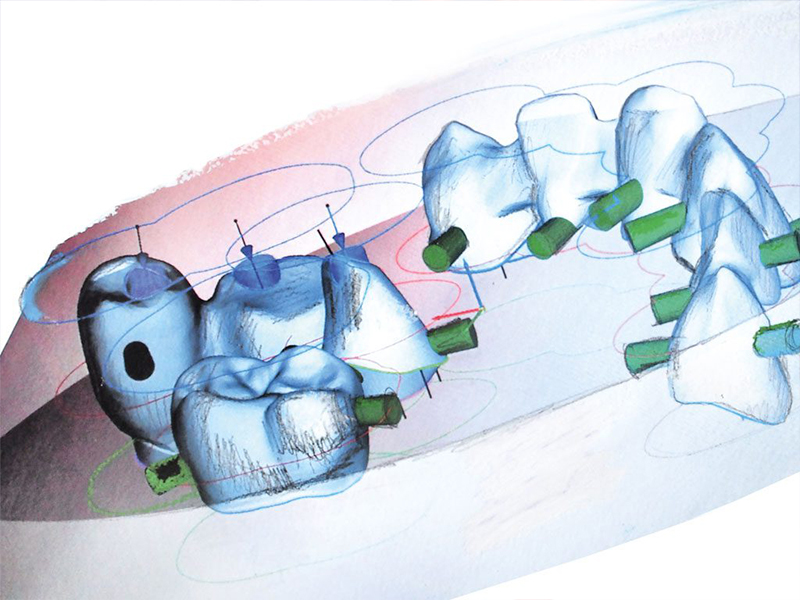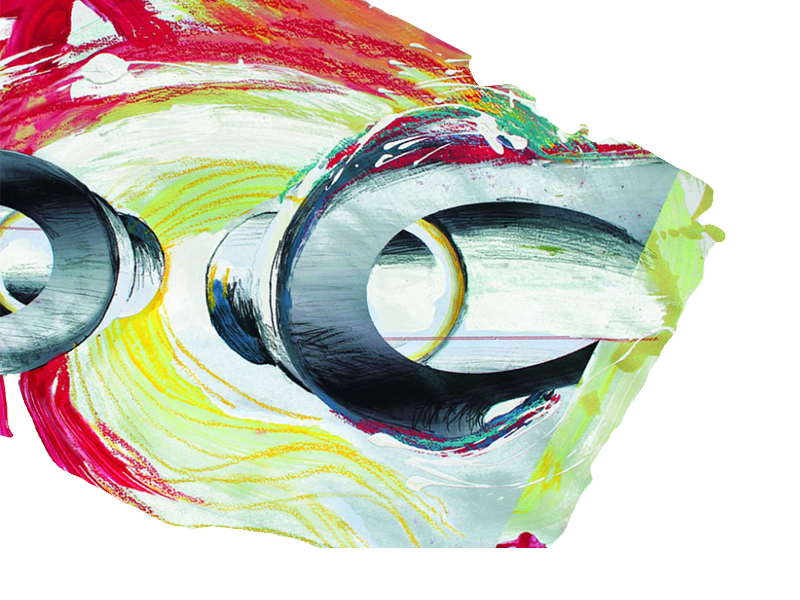Dental CAD/CAM Software Solutions From the Experts
 Axsys provide Dental CAD and CAM Software Solutions a variety of industry leading software publishers whose software solutions enable medical professionals to design and manufacture dental products. These providers have combined their many years of CAD/CAM development with state-of-the-art hardware technology and expert advice from and extensive list of experienced medical partners thereby harnessing each of their individual, powerful capabilities in software that is easy for medical professionals to learn and to use.
Axsys provide Dental CAD and CAM Software Solutions a variety of industry leading software publishers whose software solutions enable medical professionals to design and manufacture dental products. These providers have combined their many years of CAD/CAM development with state-of-the-art hardware technology and expert advice from and extensive list of experienced medical partners thereby harnessing each of their individual, powerful capabilities in software that is easy for medical professionals to learn and to use.
By offering these quality products, we are able to provide full and unique dental CAD/CAM solutions that address our customers specific needs; from scanning the plaster model to designing the dental restoration in 3D, through to the CAM software to manufacture the models using CNC milling machines and 3D printers.
The products we provide are all part of an Open-system, allowing you to choose any combination of these solutions to create a digital dental solution to meet your budget and fulfill your needs and objectives.
As with our Versamill machine technology, we leverage our over 800 man-years of digital design and manufacturing experience, spanning all market segments including the dental industry, to provide additional software enhancements over and above a vendors standard deliverable product. These unique enhancements, which are not available from any other supplier, provide additional functionality while assuring reliability and increasing productivity.
Dental CAM Software
 Dentl CAM software provides fully automated manufacturing methods that reduce costs, and improve quality and productivity. It offers the latest parallel processing technologies so your team can add and process new jobs while tool paths are generated in the background. It removes unnecessary downtime by allowing multiple jobs and blocks to be processed simultaneously.
Dentl CAM software provides fully automated manufacturing methods that reduce costs, and improve quality and productivity. It offers the latest parallel processing technologies so your team can add and process new jobs while tool paths are generated in the background. It removes unnecessary downtime by allowing multiple jobs and blocks to be processed simultaneously.
Intelligent workflow ensures that only machines, fixtures, materials and suitable machining strategies can be selected by the operator. Since our solutions are based on an Open CAM system, design form other CAD packages can be imported so tool paths can be generated on simple or complex restorations created by any CAD system. Stock management ensures you are only selecting blocks for which you have physical stock.
The rapid nesting algorithm allows you to fill and pin a block quickly and efficiently. Part-to-part pinning allows you to get the maximum yield from your blocks.
An automation layer allows operations in a lights-out milling facility as part of an integrated CAD/CAM workflow or stand-alone piece. CAM software allows you to build machine and fixture libraries to match available equipment, this integration speeds up CAD/CAM workflow by removing expensive data administration time.
Milling Templates
Milling templates are supplied with the software covering a wide range of materials including titanium, cobalt-chrome, and glass ceramics. These allow highly-tailored automated generation of toolpaths.
Our team of expert CAD/CAM and manufacturing experts have leveraged our over 800 man-years of experience to provide significant enhancements to the standard deliverable product. These modifications include enhancements to the user interface, milling strategies, libraries and more and greatly improve restoration quality, tool life, surface finish, machine time and reliability. Users can also develop their own templates for any additional materials that they machine.
Library Manager
The library manager within Dental CAM Software allows users to develop and edit libraries of material stock, fixtures and NC machines. These libraries form part of the stock-management system that allows the user to only select sizes of material block that are currently in stock and that are suitable for the specified machine fixture, so saving time and eliminating possible errors. The new interface makes it easier to add extra items, such as a partly-used block of material or a new piece of equipment, to the library
Machining Strategies
Dental CAM Software provide numerous high speed machining strategies significantly increase quality, reduce machining times and minimize manual rework for complex shapes common to the dental industry. To achieve the best results, our machining templates apply the appropriate HSM-suitable machining strategies to perform optimal high speed milling operations.
Corner Finishing

Pencil milling automatically cleans up corners or concave fillets so that there is uniform stock left at surface intersections. Relieving the larger volume of material allows for less tool deflection and noise when cutting corners.
Intelligent Stock Removal

Intelligently removes small islands of residual stock that can remain on the part due to a combination of tool radii and step-over, by inserting a smooth extension into the area.
Pattern Finishing

Depending on the part shape, Raster, Radial or Spiral strategies can be employed to provide maximum efficiency. Full control of the leads and links ensures smooth toolpath transitions, improving both tool life and surface finish.
3D Offset Finishing

3D offset machining delivers an excellent surface finish because the step-over is varied to give a constant cusp height, both on steep surfaces and shallow contoured areas.
Spiral Offset Finishing

Spiral offset finishing prevents ‘witness marks’, reduces machining time and improves tool life since the tool stays in constant contact with the model in one smooth spiral motion, and giving an excellent surface finish.
Optimized Finishing

3D Offset and Constant-Z finishing are combined to produce the best toolpaths for machining both the flatter and steeper areas of a part. Here the strategy automatically interleaves the toolpaths in the intermediate areas between the two strategies, ensuring high surface quality.
Parametric Offset Machining

Parametric Offset machining intelligently morphs toolpaths across a surface with a varying rather than constant step-over. This strategy covers the complete area without any sharp changes in direction, so improving surface finish and tool life.
High Efficiency Roughing
The main requirements of high-efficiency roughing are to keep the load on the cutter as constant as possible and to minimize any sudden changes in the cutting direction










 GO2dental is accessible to every professional, facilitating the production of any type of dental restoration. GO2dental is an open system, reads any CAD file and processes it for any machine tool.
GO2dental is accessible to every professional, facilitating the production of any type of dental restoration. GO2dental is an open system, reads any CAD file and processes it for any machine tool.


 oqcamfor dental is a complete solution for a fast and flexible dental production
workflow.
oqcamfor dental is a complete solution for a fast and flexible dental production
workflow.




